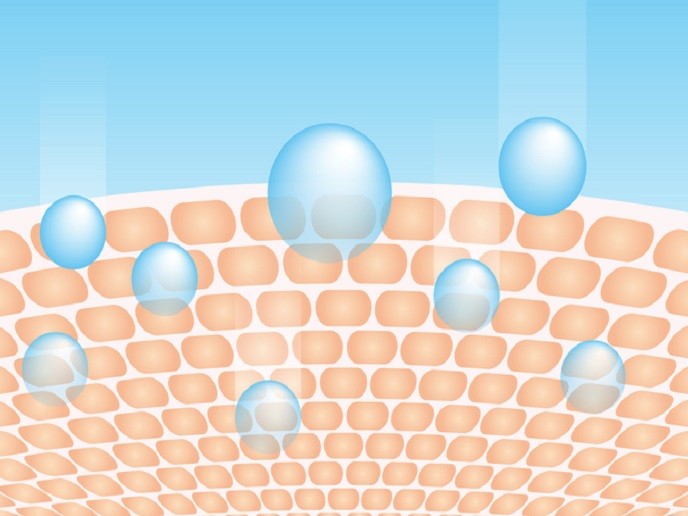New era in diagnosis: implantable microlasers
Lasers have several advantages over fluorescence, including narrow wavelength emission and large intensity, suitable for many biomedical applications. Lasers implanted in the body can have many applications including the monitoring of physiological parameters such as glucose and temperature, in real time. An important step towards lasers that can be implanted into the human body is to achieve biocompatibility, avoiding foreign-body responses beyond acceptable levels. Moreover, in certain cases it may be desirable for lasers to be biodegradable.
Using biocompatible materials to generate microlasers
With the support of the Marie Skłodowska-Curie programme, the InjectableLasers project developed lasers from biocompatible and biodegradable materials suitable for implantation into biological tissues. “The idea was to generate lasers in the order of tens of micrometres, small enough to be injected into the bloodstream, bodily liquids and tissues without large impact to the host. After a while and depending on the material used, the lasers will be completely degraded and absorbed by the body without any side effects,″ explains the research fellow Matjaž Humar. To construct microlasers, scientists employed the transparent polymers poly-lactic-co-glycolic acid (PLGA) and poly-lactic acid (PLA), routinely used in clinics for medical implants, sutures and drug delivery. The lasers were manufactured in the form of microspheres with sizes ranging from 10 µm to 25 µm containing a fluorescent dye, with all the materials approved for use in humans or generally nontoxic. The lasers were pumped by an external light source. Alternatively, researchers employed bioluminescence to pump sphere microcavities for the first time, to generate a laser-like emission, without the use of any external light source.
Microlaser performance and future directions
Researchers tested the performance of these stand-alone microlasers in different biological environments with promising results. During InjectableLasers, the performance of the miniature lasers in blood proved as efficient as in water, indicating that the constituents of whole blood did not interfere with laser emission. In addition, microlasers performed with similar efficiency when injected into the cornea or when deposited into animal skin. Overall, project partners demonstrated that miniature lasers can be made from biocompatible and biodegradable materials and are suitable for operation both in soft solid tissues and in blood. According to Humar, “our lasers were constructed purely of biomaterials and materials approved for medical use, in contrast to most available biological lasers which also contain non-biodegradable or bio-incompatible materials.″ Collectively, the work performed during the InjectableLasers project opens new avenues for the medical use of biocompatible miniature lasers in light-based diagnostics and therapies, as well as in research. The current work will continue under the ERC Starting Grant ‘Cell-Lasers’ awarded to Humar, who will use the biocompatible lasers to study biophysical and biochemical processes taking place at the single cell level.







